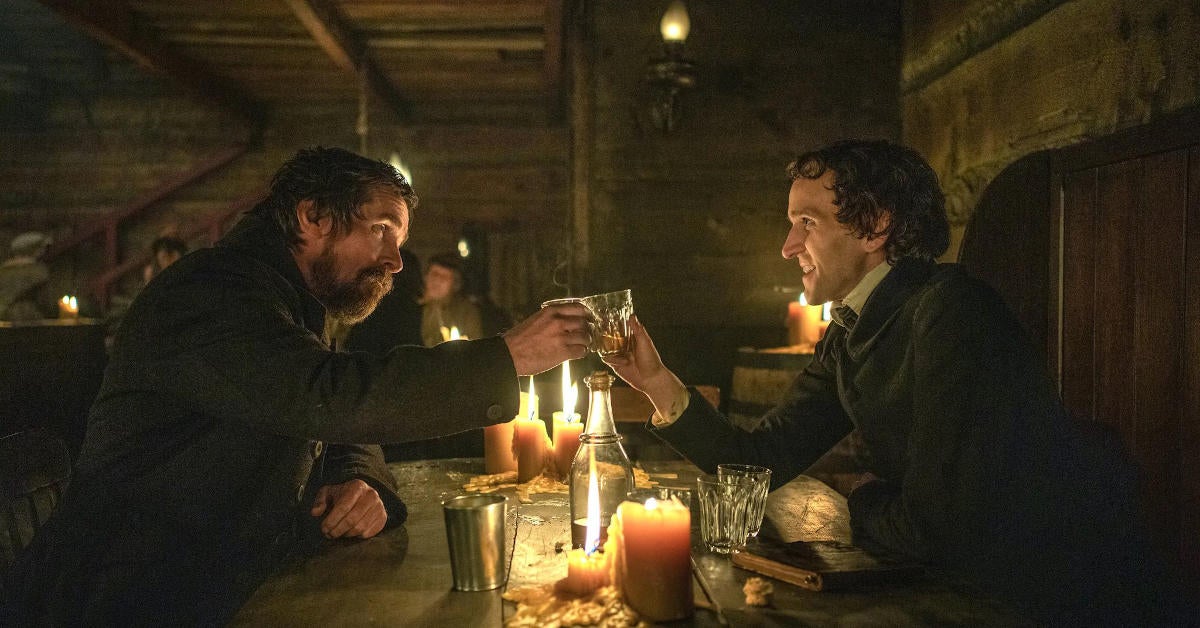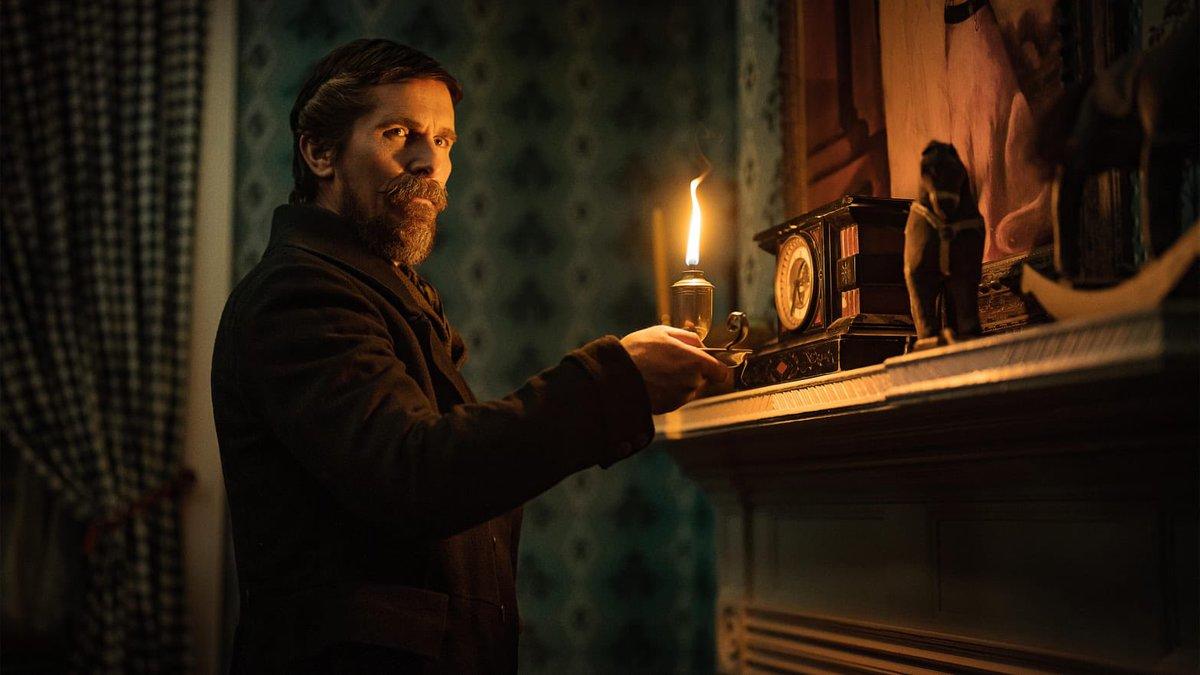Pale Blue Eye Ending Explained - Who Is the Real Killer?
The new Gothic mystery-thriller The Pale Blue Eye is now streaming on Netflix – and it definitely has viewers buzzing. The Pale Blue Eye is the latest film by Scott Cooper (Crazy Heart, Antlers, Black Mass), and is the third time that Cooper is teaming with Christian Bale, after Out of the Furnace in 2013, and Hostiles in 2017. Joining Bale in the film is former Harry Potter movie actor Harry Melling, who plays Edgar Allan Poe before he was ever a famed Gothic poet, and was just a young cadet at West Point military academy in 19th Century New York.
When a cadet's death (Leroy Fry) hangs a stain of scandal over West Point's prestigious name, a retired detective named Augustus Landor (Bale) is brought in to quiletly investigate. However, when the one death becomes a string of murders, Landor finds an odd partner in cadet Poe (Melling), whose dark imagination may hold the key to helping Landor profile the killer and his motives, before more victims turn up dead.
The Pale Blue Eye – Who Is The Real Killer?

MAJOR SPOILERS – The ultimate twist reveal of The Pale Blue Eye is that there are in fact two separate crimes taking place at West Point – crimes that Poe mistakenly believes to be one and the same – until the very end.
The first criminal reveal in The Pale Blue Eye is that West Point's head physician, Dr. Daniel Marquis (Toby Jones) has been practicing satanic black magic in attempts to cure his daughter Lea (Lucy Boynton) from what we now know to be epilepsy. The ritual the Marquis engaged in involved savage mutiliation of bodies and removal of the heart. Cadet Fry was found in such a state, and a misguided sense of love for Lea ends making Poe the intended victim of Lea and her brother Artemus, before Landor saves Poe.
However, when the case concludes, Poe finally remembers an early clue – a handwritting sample – that he realizes belonged to Landor – and that Landor has been the real killer, all along.
The Pale Blue Eye reveals in the end that Landor's "estranged" daughter Mattie was in fact raped by some West Point cadets two years prior, an vile act that drove her to suicide. Those same three cadets are the ones Landor systematically tracks down and kills during the film, while also serving as the detective tracking down the killer.
It was only coincidence that the Marquis Family happened upon Landor's first victim, Leroy Fry, and throught to steal a heart from a man already murdered. It was only fate, perhaps, that made West Point tap Landor to investigate the very murder he committed, therby allowing the killer all the access he needed to actually track down the rest of the cadets responsible for his daughter's violation and kill them.
Leroy Fry was Landor's first victim; when a patrolman nearly caught him in the act, Landor fleed and the Marquis found the body thereafter and stole the heart, lying and blaming the killer for its removal in the doctor's report. The second victim, Ballinger, was brutally mutilated and interrogated by Landor, to both get the name of the final man responsible, and mimic the Marquis' ritualistic organ harvesting. The third victim, Stoddard, Landor confesses to Poe as having been also killed, and disposed of, while Landor planted the cover story he had run away in fear of being killed next.
In the end, only Poe has the proof (the handwriting sample) to condemn Landor – but he chooses not to, burning the evidence and leaving Landor, his friend, lonely to bear the guilt of what he's done.
The Pale Blue Eye – What Does the Ending Mean?

The ending of The Pale Blue Eye is ambiguous in regards to how it "punishes" the "villain" or not. The final scene sees Landor rivisit the cliff his daughter jumped from. The composition of the scene teases us with the sense that Landor himself could very well jump too, now that his earthly mission of vengeance is done, and he's compromised everything to do it. However, what instead happens is Landor lets his daughter's treasured hair ribbon fly away on the wind, telling his daugther to "Rest, my love."
No doubt the ending of The Pale Blue Eye (based on the novel by Louis Bayard) is a difficult one ot resolve, in terms of typical thematic arcs in movies. If Landor had died or been locked up, audiences might've felt an imbalance of justice, given the horrendous act done to his daughter. At the same time, the lengths that Landor goes to in his vengeance definitely cross a line, and it's hard not to feel like a killer walks free at the end of this.
Like 'Cadet Poe' (and the work he would later create), The Pale Blue Eye doesn't see morality in such an easy or pleasing light – and won't let the viewer walk away with an easy moral resolutions, either.
The Pale Blue Eye is now streaming on Netflix.